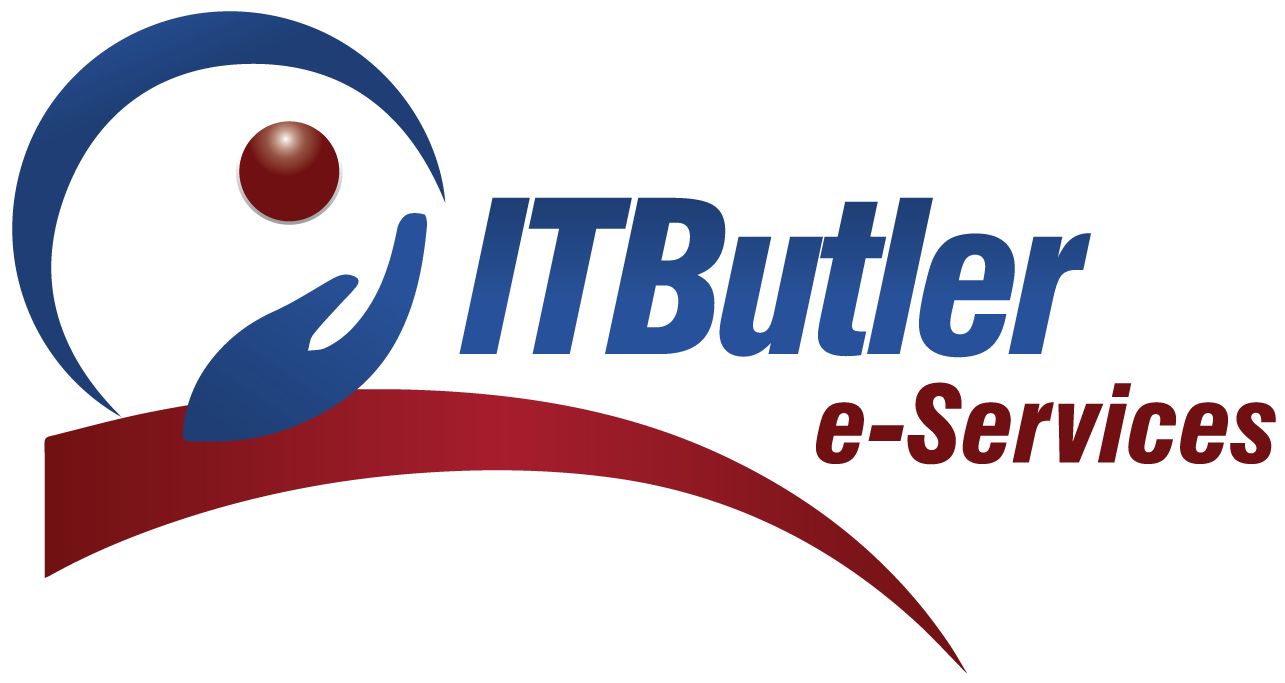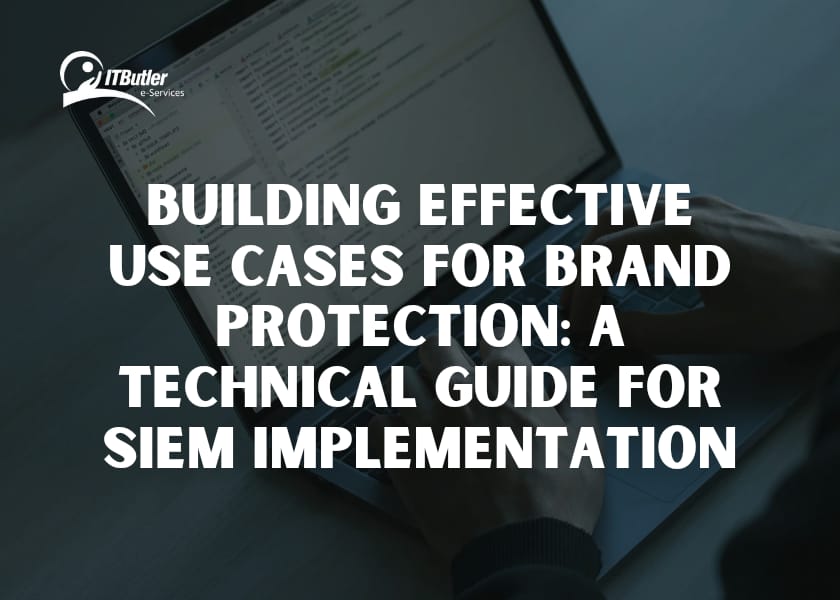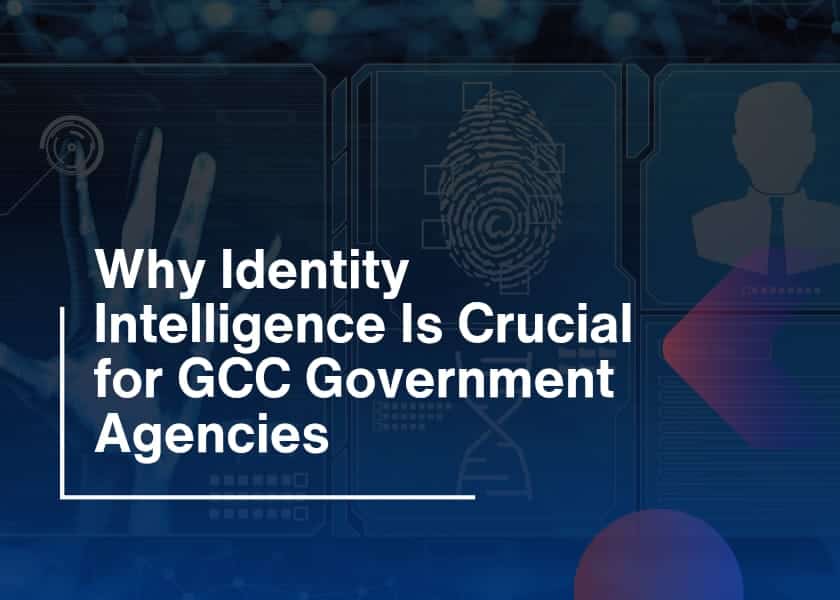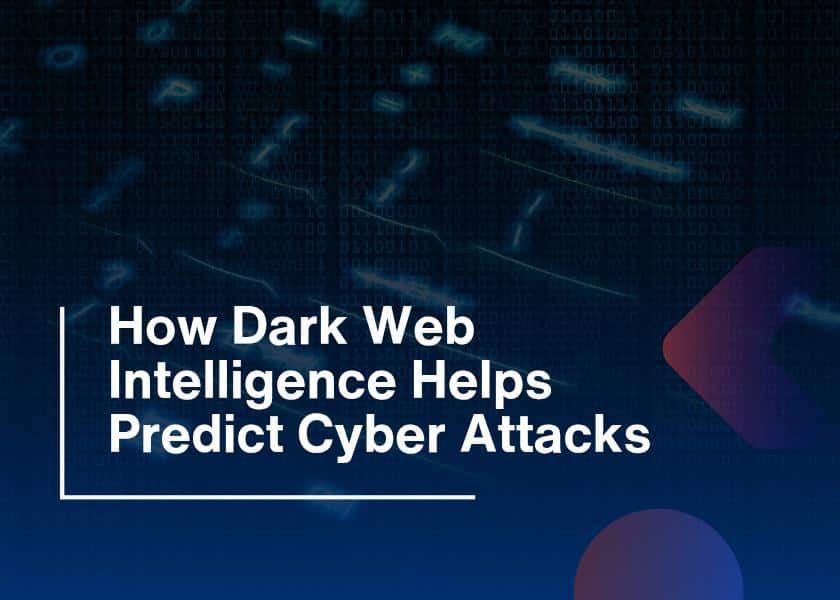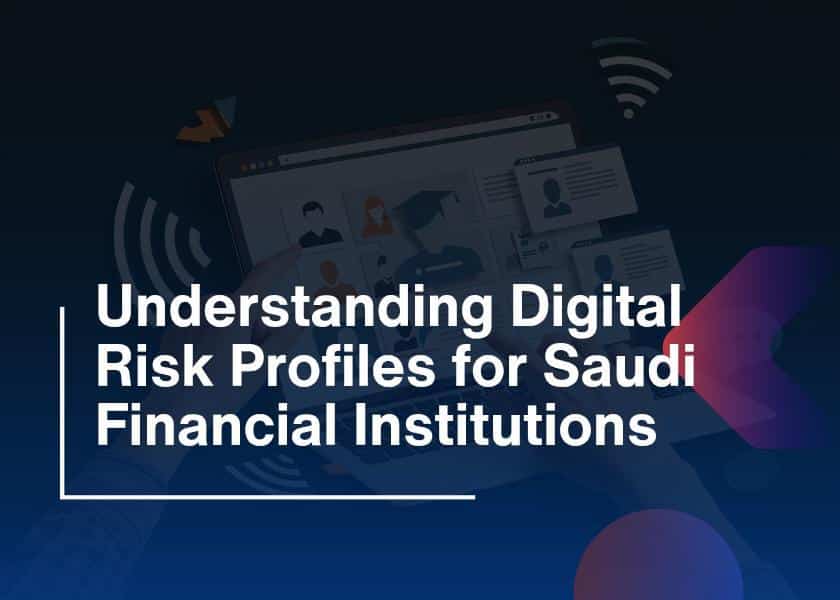Brand protection is not simply covering one’s logo but protecting one’s reputation, customer trust, and revenue. From counterfeit goods to phishing attacks to impersonation attacks, protecting your brand is mission-critical. That’s where the SIEM tools, or security information and event management systems, come in. But that’s not all; its true power will lie in how SIEM uses cases for brand protection. Moreover, these blueprints ensure that your SIEM system works to tackle only those threats peculiar to your brand.
In this technical guide, we’ll explore how to build and implement effective SIEM use cases for brand protection. Whether you’re a cybersecurity expert or a curious newbie, this blog will break it down in simple, easy-to-follow steps.
What are SIEM Use Cases?
There are SIEM use cases, refer to the “instructions” followed by your SIEM tool in detecting and responding to threats. However, they are branded to meet your unique needs and ensure that your SIEM system runs efficiently and effectively. Moreover, some good use cases require a blend of technical knowledge and an understanding of your brand’s vulnerabilities.
Why SIEM is Important for Brand Protection
Cybercriminals are getting smarter, and their targets are getting more sophisticated. So brands are now a favorite victim because attacking them can result in widespread damage. Thus, here’s why you need SIEM for brand protection:
- Real-Time Monitoring: SIEM tools analyze security events as they happen, giving you a head start on stopping threats.
- Comprehensive Insight: However, they aggregate data from various sources, providing a bird’s eye view of your security posture.
- Incident Response Automation: However, they respond to issues in the shortest time possible by pre-configured actions, saving precious time and resources.
- Threat Intelligence Integration: SIEM tools can draw data from global sources, helping you stay ahead of bad actors.
Thus, without SIEM, protecting your brand is like playing whack-a-mole, thus, chaotic and exhausting.

Powerful SIEM Use Cases for Brand Protection
To better understand the process let’s divide it into simple stages.
1. Define Your Objectives
The first step is clarity. Ask yourself” What assets do you need to protect, and what does your organization risk”? For example:
- Objective 1: Check for phishing scams by creating a copy of the domain of your brand.
- Objective 2: Supervise fake goods sold throughout the internet selling websites.
- Objective 3: Learn about fake social account profiles that are so closely resembling your brand.
Thus, precise use cases can be created when developments for these objectives are defined.
2. Threat Map
Your use cases must correspond with the individual risks you are exposed to within your brand. So consider the following:
- Phishing Emails: A call, text message, or email that appears to be from one of your customers or employees.
- Counterfeit Goods: Counterfeits of your products on e-shops that may cause lots of problems for you.
- Brand Impersonation: Creating look-alike websites or social networking accounts to mimic you.
Finally, expanding the analyzed incidents into the past, and industry trends guarantee that threats are covered by use cases.
3. Prioritize Use Cases
You can’t confront everything that is a threat to us all at once. However, it is directed at high risks that result in extensive consequences initially. For instance, you could be interested in phishing campaigns and fake goods as targets, and then monitor brand unauthorized usage.
4. Create Specific Use Cases
Here are a few expanded examples of use cases tailored for brand protection:
1. Phishing Campaign Detection
Cybercriminals are sending spoofed emails that appear to come from your company
Actions:
- However, scan incoming emails for common phishing keywords and suspicious attachments as well as unusual sender addresses.
- Automate domain analysis to help detect fraudulent domains that resemble your brand.
- Moreover, integrates automation, blocks suspicious emails, and alerts the security team instantly.
2. Counterfeit Product Detection
Fraudsters selling fake versions of your product online
Actions:
- Set up data feeds from the main e-commerce sites (e.g., Amazon, eBay).
- Identify and flag listings with keywords or images that match your product catalog.
- As automated takedown requests for flagged listings.
3. Social Media Impersonation Monitoring
An Instagram account is claiming to be your brand’s real account.
Actions:
- Use social media monitoring tools to identify accounts using your logo, brand name, or executives’ photos.
- Moreover, automate reporting processes to quickly take down fake accounts.
- Hence, alert your marketing team to issue customer advisories.
4. Monitoring for Dark Web
Your brand credentials or sensitive information are found leaking on the dark web.
Activities
- Integrate your SIEM system with dark web monitoring solutions.
- Scan for the name and reference to the brands or sensitive information.
- Moreover, trigger an alert within an hour and create a response to manage and mitigate the risk.
5. Monitoring Unwanted Websites
Fake websites are sprouting up mimicking your registered domains.
Activities
- Apply DNS Monitoring to identify the most identical or similar domains.
- Use your firewall to detect and block access to these domains.
- Moreover, work with legal teams to send a notice for a takedown.
Technical Guide for SIEM Implementation
The recommended model for the technical guide of SIEM implementation is shown as follows:
Step 1: Choose the Right SIEM Tool
They should begin by choosing the right SIEM tool that they need. Popular options include:
- Splunk: Ideal for large enterprises.
- IBM QRadar: Perfect for threat identification at the highest level.
- LogRhythm: An easy-to-access option for creating mid-sized enterprises.
Step 2: Integrate Data Sources
Any SIEM tool depends on data to perform and integrate it with:
- Online marketplaces for counterfeit scanning.
- Email servers for the identification of phishing attacks.
- In social media, monitoring tools.
- Monitoring systems, which operate on the dark web.
Step 3: Define Alerts and Thresholds
Eliminate all the noise which is not relevant to your needs when using the alerts. For instance, flag only cases where a suspicious domain attempts to log in to a single account more than three times.
Step 4: Implement Automation
However, simplify your workflow with repetitive activities like blocking out scammers or reporting fake personas automatically.
Final Thoughts
Creating efficient SIEM use cases for brand protection is a way of protecting your brand’s equity. However, with proper SIEM tool usage, considering related threats, and applying technical solutions, one can fight against cyber criminals.
Lastly do not forget that cybersecurity is not always about numbers and graphs. Instead, it can be fun too! A little creativity, a hint of humor, and your team will be a new person altogether. Hence, when it comes to brand security, effort, and reward are perfectly matched it’s all worth each byte!
